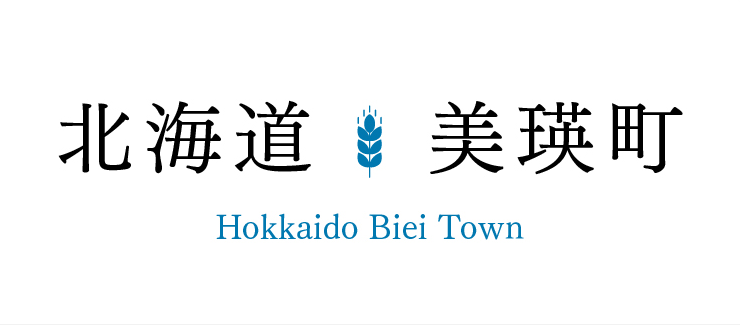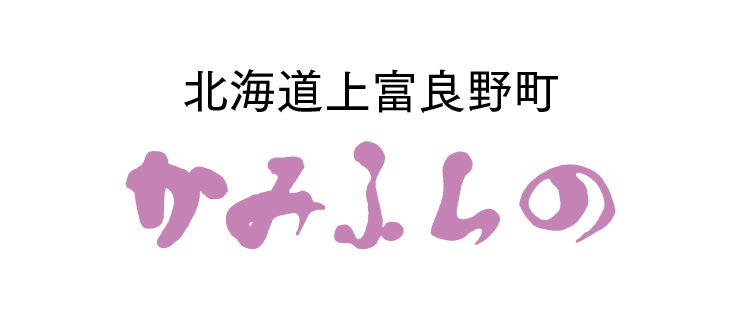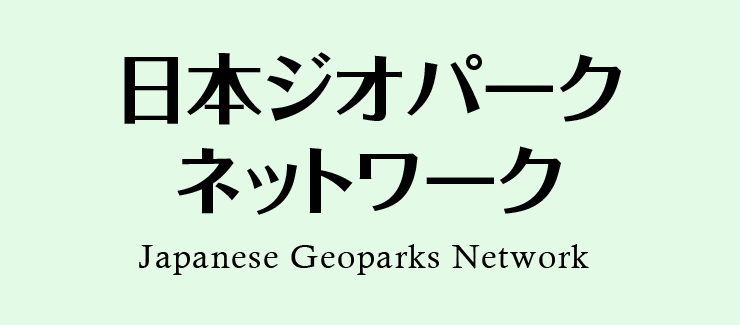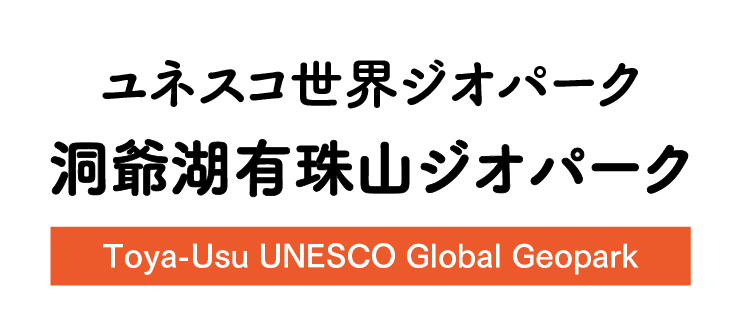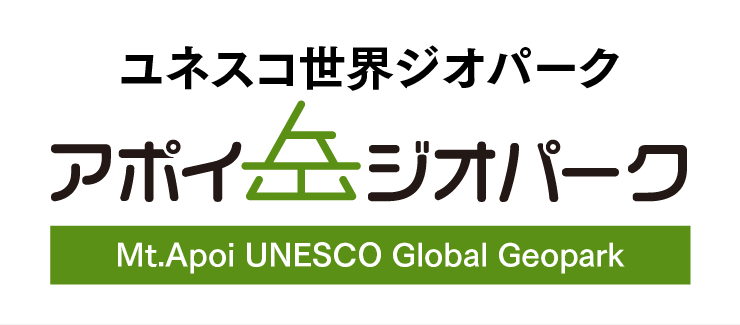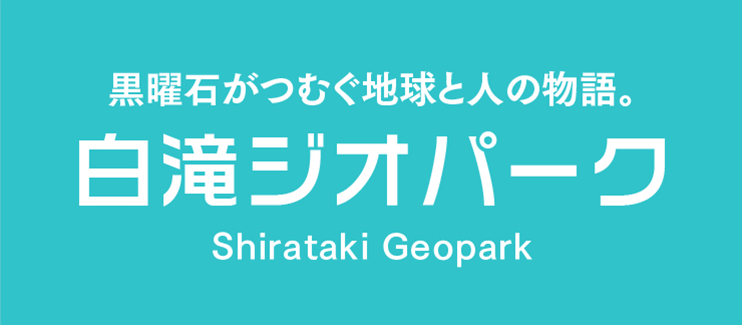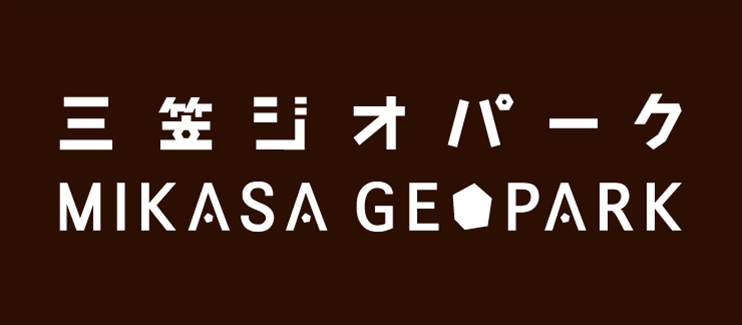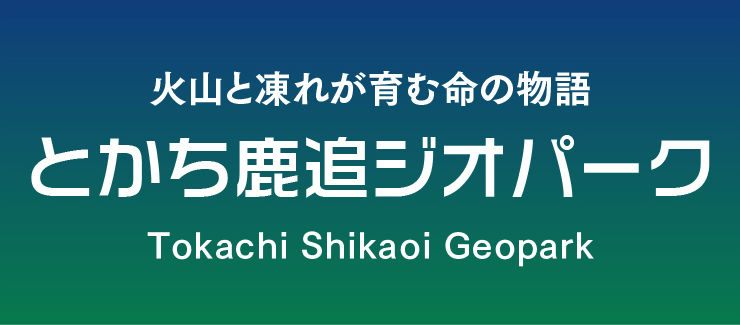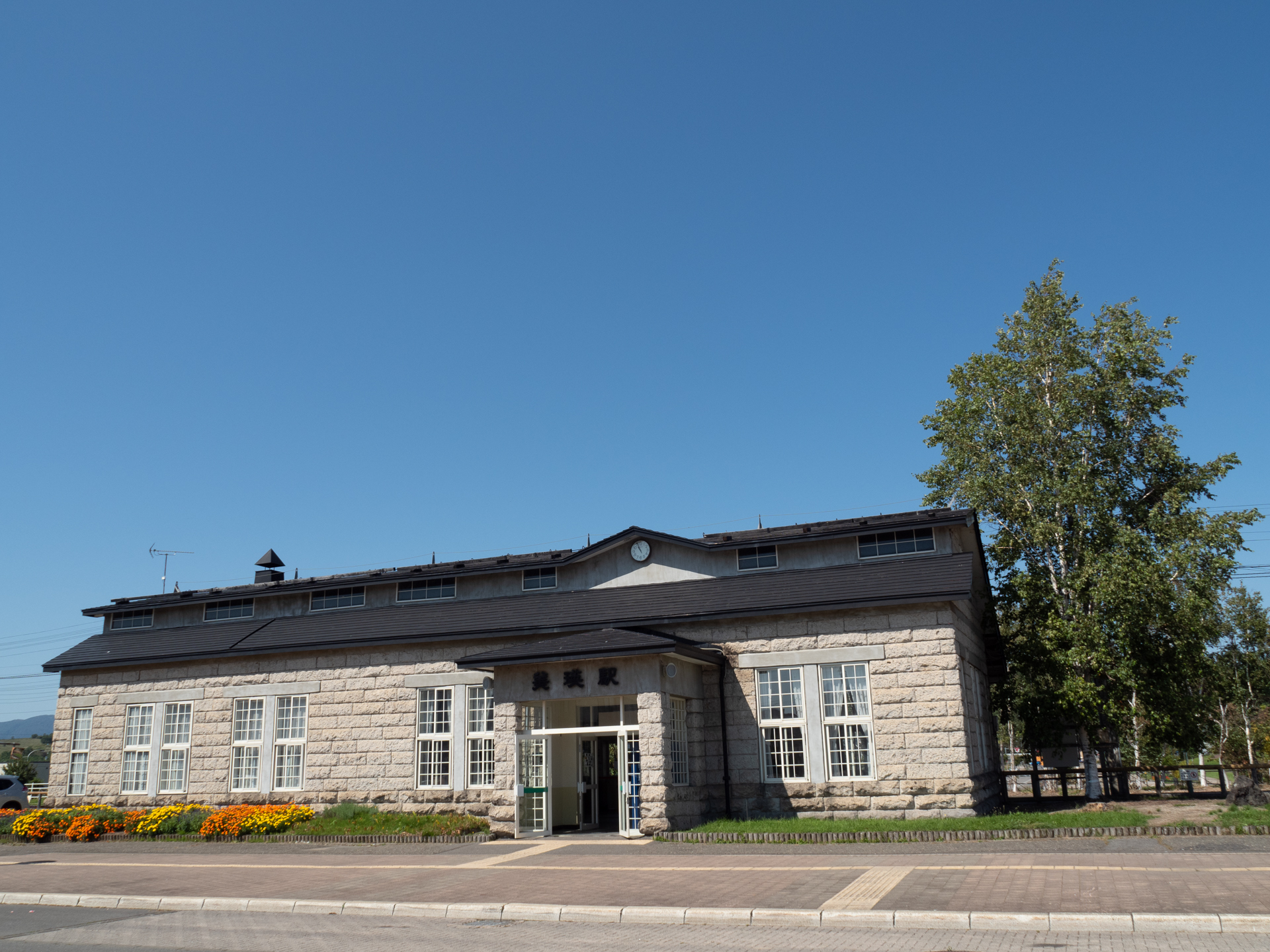
201
Biei Station
Biei Station was built in September 1899, as part of the Hokkaido Government Railway line running between Asahikawa and Biei. The original building was one-story, made of wood, and also used as a storehouse.
Later, in 1949, when the full Hokkaido Railway System and Japan National Railway (JNR) were formed, the number of passengers increased.
In September 1951, construction of the current station building began. It was completed in January 1952.
On April 1, 1987, JNR was privatized, and renamed as the Hokkaido Railway Company (JR Hokkaido). As a result, the following year, many station buildings in Hokkaido were refurbished, and stone toilets were also constructed.
The outer wall of Biei Station is made of a type of stone known as ‘soft stone.’
This soft stone is referred to by geologists as ‘pyroclastic flow deposit,’ or ‘welded tuff.’ The hills throughout Biei are made out of the same material.
This stone is taken from deposits formed in the pyroclastic flow which came from the giant eruption of a volcano once located in central Hokkaido, 2 million years ago, before Mt. Tokachidake and the Daisetsuzan Mountain Range were formed.
Originally, the pyroclastic flow deposit was made out of pumice and volcanic ash. However, as it cooled and hardened under its own weight, it turned into stone (welded tuff).
Upon close observation, this stone material can be seen to include a mixture of several different materials. Besides pumice, minerals such as shiny quartz from the surrounding volcanoes can also be detected.
Biei Soft Stone is not only beautiful, but easy to process. Therefore, it has been used for many purposes, throughout Hokkaido.
Stone was mined in this area, from 1906 to 1969. Although Biei Soft Stone is no longer mined, it is still used in town development, often being repurposed from various old buildings.
Directly in front of Biei Station, Mt. Tokachidake can be seen.
Surely, then, it can be said that Biei Station is a fitting gateway to Biei Town.
Later, in 1949, when the full Hokkaido Railway System and Japan National Railway (JNR) were formed, the number of passengers increased.
In September 1951, construction of the current station building began. It was completed in January 1952.
On April 1, 1987, JNR was privatized, and renamed as the Hokkaido Railway Company (JR Hokkaido). As a result, the following year, many station buildings in Hokkaido were refurbished, and stone toilets were also constructed.
The outer wall of Biei Station is made of a type of stone known as ‘soft stone.’
This soft stone is referred to by geologists as ‘pyroclastic flow deposit,’ or ‘welded tuff.’ The hills throughout Biei are made out of the same material.
This stone is taken from deposits formed in the pyroclastic flow which came from the giant eruption of a volcano once located in central Hokkaido, 2 million years ago, before Mt. Tokachidake and the Daisetsuzan Mountain Range were formed.
Originally, the pyroclastic flow deposit was made out of pumice and volcanic ash. However, as it cooled and hardened under its own weight, it turned into stone (welded tuff).
Upon close observation, this stone material can be seen to include a mixture of several different materials. Besides pumice, minerals such as shiny quartz from the surrounding volcanoes can also be detected.
Biei Soft Stone is not only beautiful, but easy to process. Therefore, it has been used for many purposes, throughout Hokkaido.
Stone was mined in this area, from 1906 to 1969. Although Biei Soft Stone is no longer mined, it is still used in town development, often being repurposed from various old buildings.
Directly in front of Biei Station, Mt. Tokachidake can be seen.
Surely, then, it can be said that Biei Station is a fitting gateway to Biei Town.
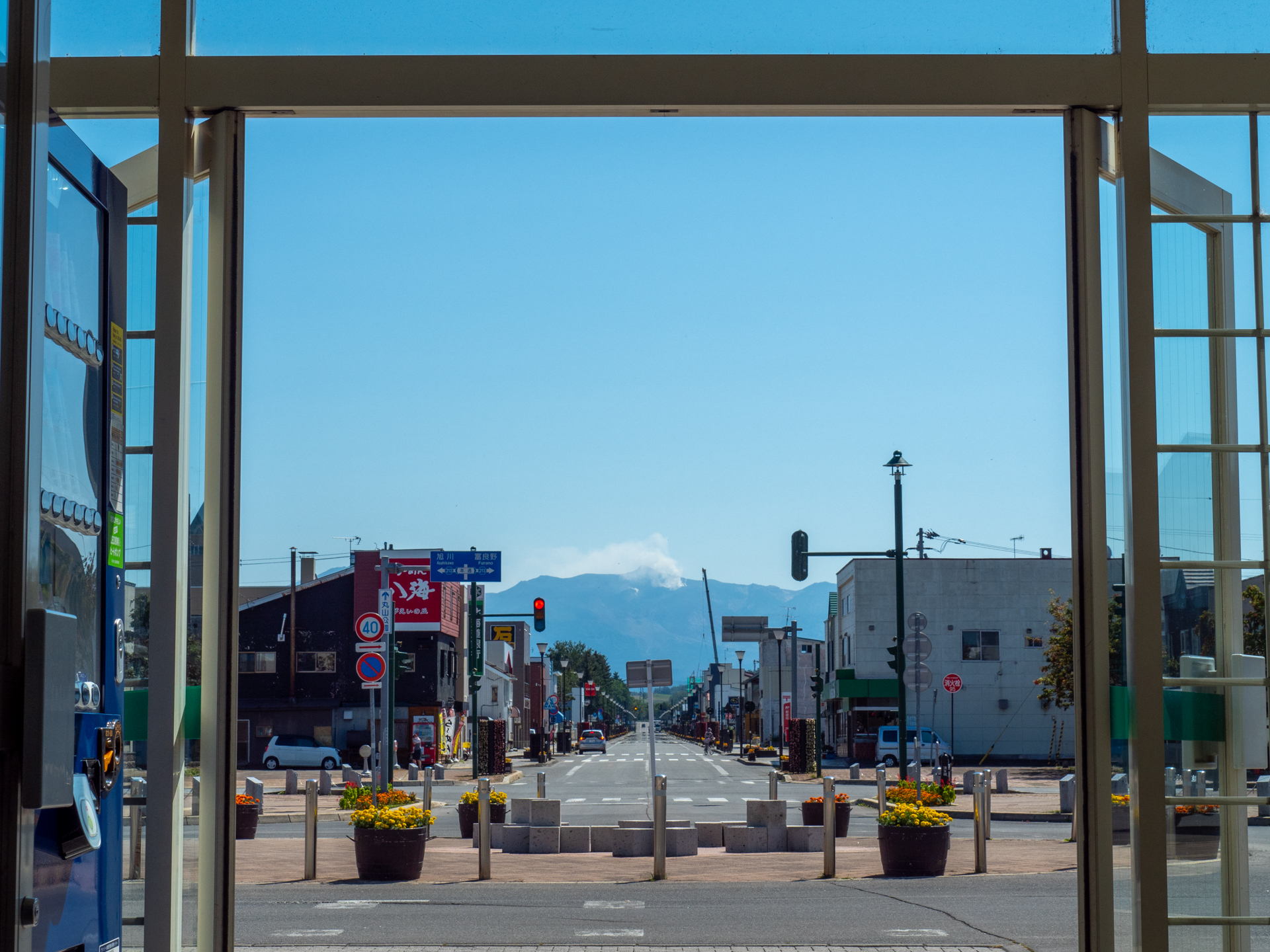
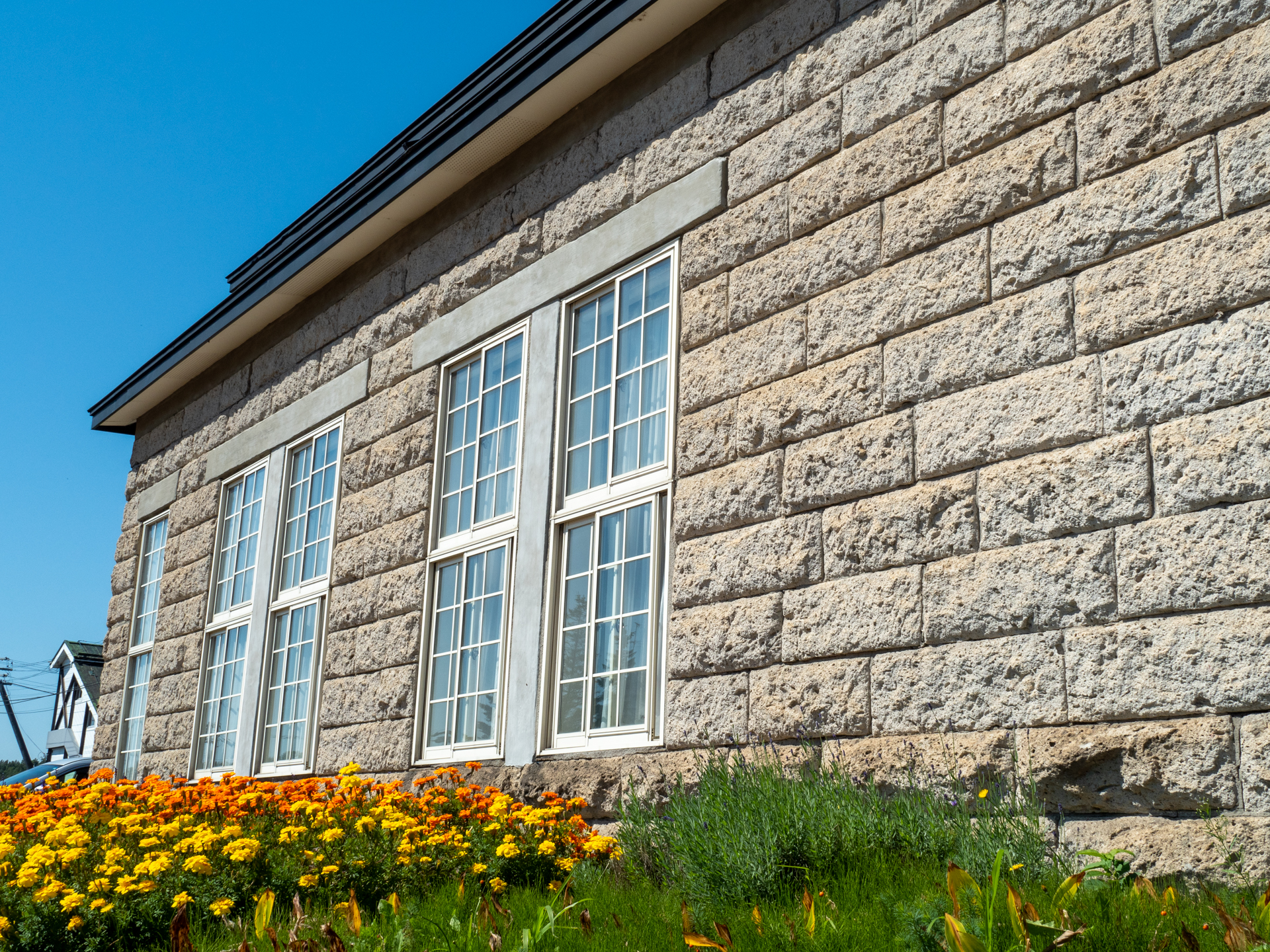
| Address | 1, Moto-machi, Biei town, Kamikawa county, Hokkaido. |
|---|---|
| Access | By JR Furano Line. Next to “Biei” station. |
| Coordinates | 43.591115, 142.461734 |
| Entry | ◯ |
| Public lavatory | ◯ |
| Open | Ticket Office Open: 6:30 am Close: 6:30 pm |
| Parking space | ○ Free parking |






